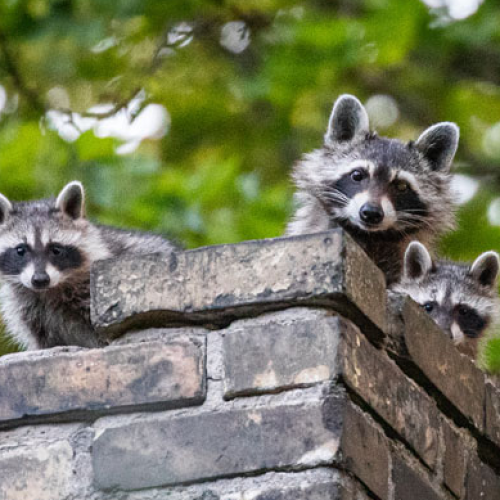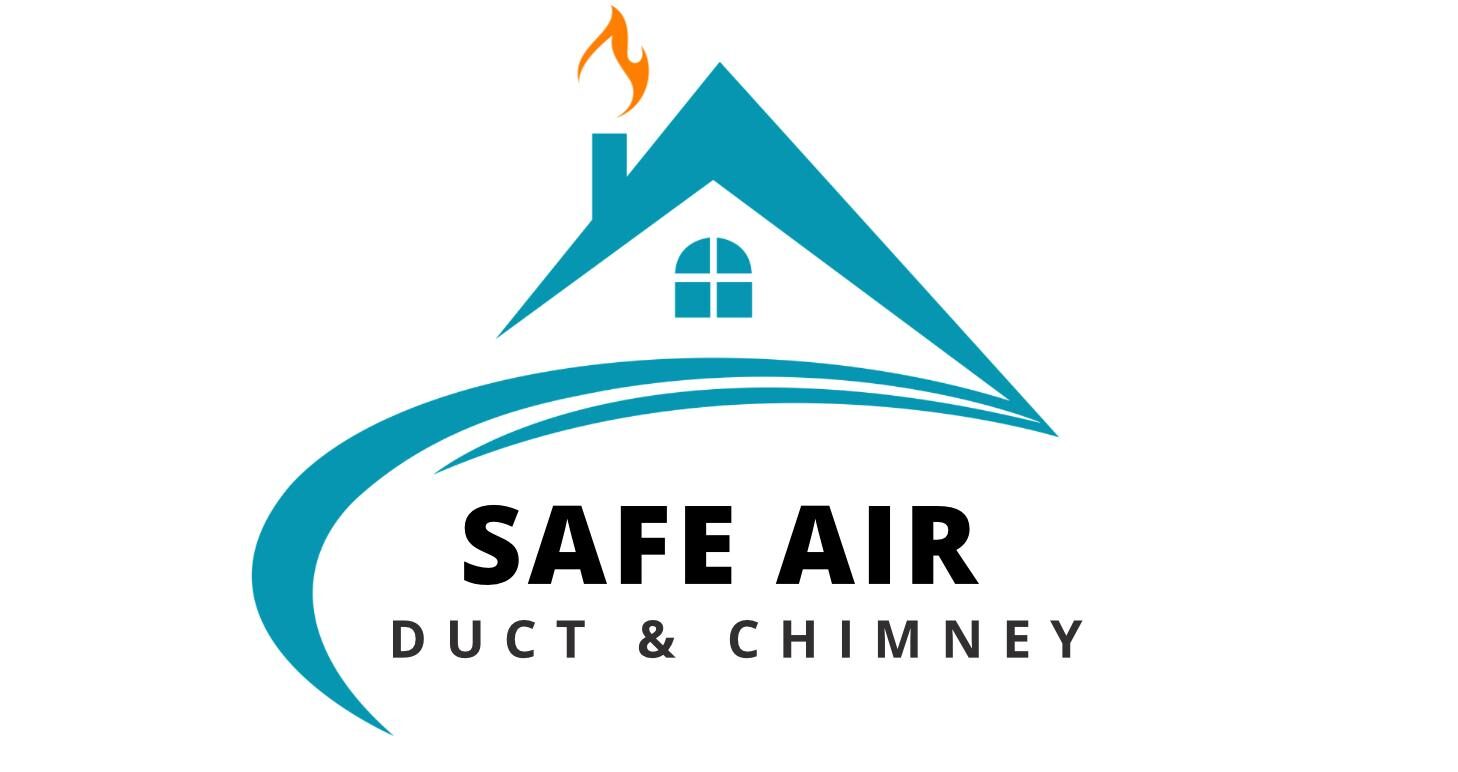How to Prevent Wildlife from Nesting in Your Chimney
Protect Your Home by Keeping Wildlife Out of Your Chimney
Wild animals such as birds, squirrels, raccoons, and bats often seek shelter in chimneys, leading to blockages, fire hazards, and costly repairs. If left unchecked, wildlife nesting in chimneys can result in dangerous obstructions, unpleasant odors, and even structural damage. To prevent these issues, homeowners should take proactive steps to secure their chimneys and ensure proper maintenance.

Why Do Animals Nest in Chimneys?
Wildlife is attracted to chimneys for several reasons:
- Warmth & Shelter – Chimneys provide protection from harsh weather.
- Safe Breeding Grounds – Birds and squirrels use chimneys as nesting areas.
- Food Sources Nearby – Some animals are drawn to homes due to food availability.
- Lack of Chimney Cap – Uncapped chimneys allow easy entry for wildlife.
Installing a chimney cap and performing regular inspections can significantly reduce the risk of wildlife nesting in chimneys.
Signs That Animals Are Nesting in Your Chimney
Recognizing the warning signs of wildlife in chimneys can help homeowners act before the problem worsens:
- Scratching, chirping, or movement sounds inside the chimney.
- Unpleasant odors caused by nesting materials or animal droppings.
- Blocked or reduced airflow when using the fireplace.
- Visible nests or debris near the chimney opening.
- Soot and dirt falling into the fireplace unexpectedly.
If you notice any of these signs, it’s crucial to schedule a chimney inspection to assess the situation and remove unwanted animals safely.
How to Prevent Wildlife from Entering Your Chimney
Homeowners can take these proactive measures to keep wildlife out of their chimneys:
1. Install a Chimney Cap
A high-quality chimney cap with a mesh screen effectively blocks animals from entering while still allowing proper ventilation. Professional installation ensures durability and efficiency.
Chimney Safety Institute of America – Importance of Chimney Caps
2. Perform Regular Chimney Inspections
Scheduling an annual chimney inspection helps detect potential entry points and prevents wildlife nesting in chimneys before it becomes a serious issue.
3. Seal Any Gaps or Openings
Cracks or loose bricks can provide entry points for small animals. Proper chimney maintenance, including sealing openings and reinforcing the chimney crown, helps keep pests out.
4. Keep the Damper Closed When Not in Use
A closed chimney damper acts as an additional barrier, preventing animals from entering your fireplace.
5. Trim Nearby Trees
Overhanging branches give squirrels and raccoons easy access to your chimney. Regular tree trimming reduces the chances of wildlife entering your chimney.
What to Do If Animals Are Already in Your Chimney
If you suspect wildlife nesting in your chimney, follow these steps:
- Do not start a fire. This could injure or kill the animal and create hazardous conditions.
- Listen and observe. Identify the type of animal to determine the best removal approach.
- Contact a professional. Wildlife removal experts or chimney animal removal services can safely and humanely remove animals.
- Schedule a chimney cleaning. After removal, a thorough chimney cleaning will eliminate debris and contaminants.
Professional Wildlife Prevention & Chimney Maintenance in Dallas-Fort Worth
At SafeAir Duct & Chimney, we specialize in chimney inspections, chimney cap installations, and wildlife prevention services to keep your home safe. Our team ensures that your chimney remains secure and free from animal intrusions.
Schedule your chimney inspection today!
📞 Call Us: 214-550-3348
💻 Book Online
